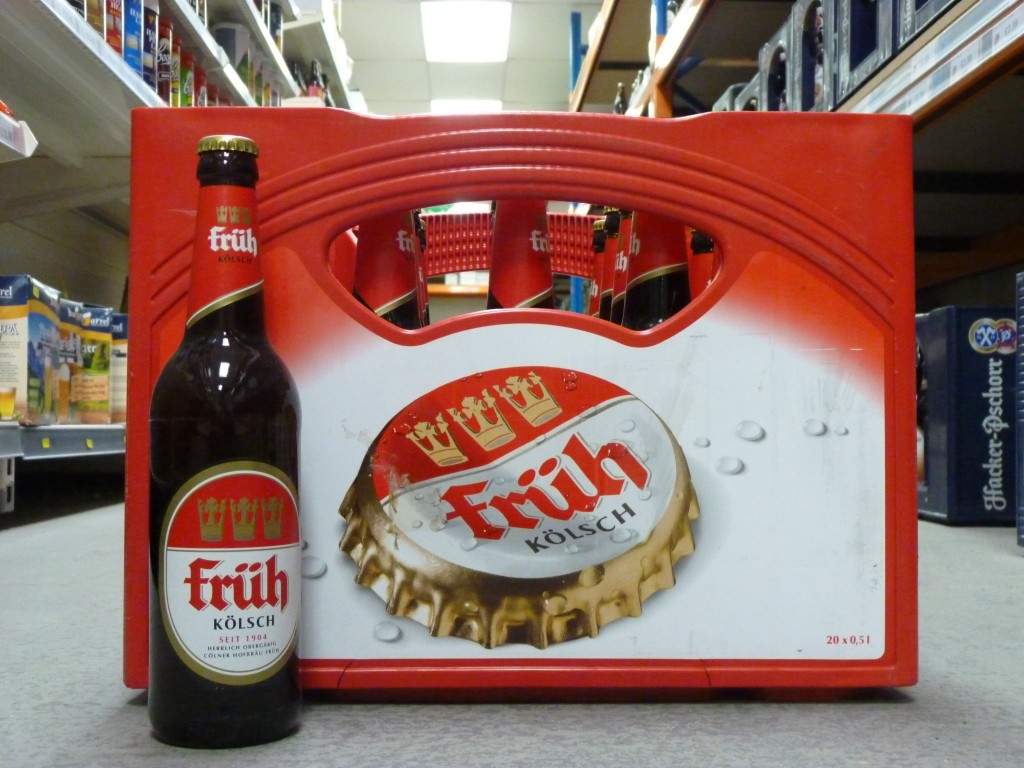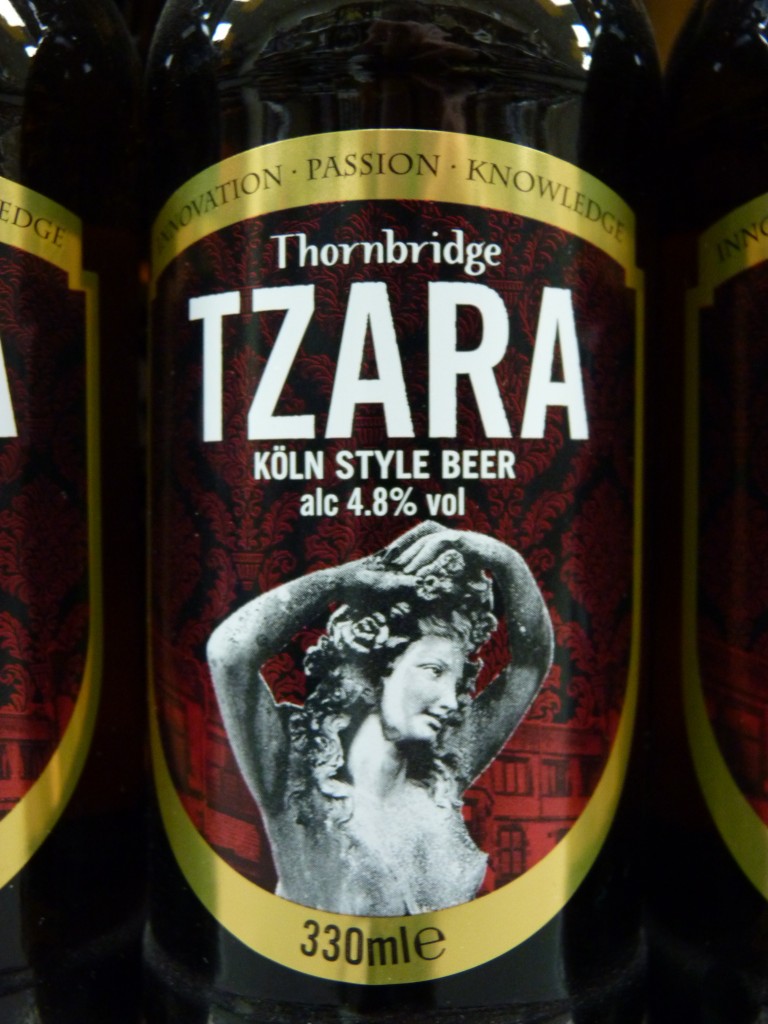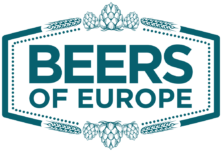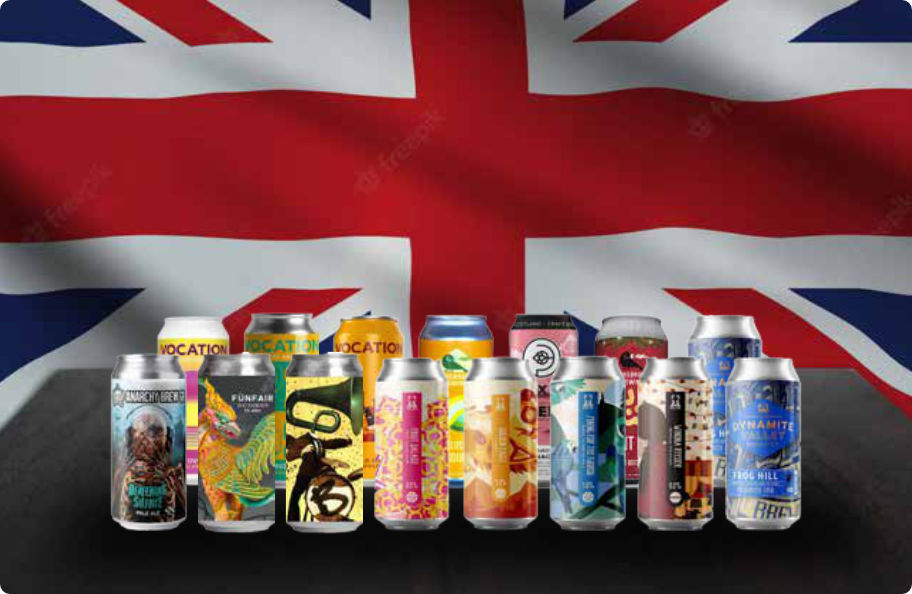Guides and Facts
What is Kolsch Beer? | Encyclobeeria Part 7
What is Kolsch Beer? | Encyclobeeria Part 7
Originally Posted on May 04, 2017
Welcome to Beers of Europe’s Beer Classification Guide. In this series we walk you through different beer styles, opening your eyes to the origins of the type and how it has developed over the course of its history. For the home brewers amongst you, we include the brewing specifications for the style and food pairings, as well as what makes it different from others. Finally, we give you the best examples of the type that you can buy straight from our website. The last entry covered an in-depth look at wheat beer and the struggles it faced to stay in favour throughout the centuries. This week however, we re-visit lager, where we originally scratched the surface with the pilsner. This week’s feature will be kolsch.
Origins and History
Kolsch is a term used to label all beer produced in the German city of Cologne. Although breweries in Cologne had been brewing much earlier, the term kolsch was first used in 1918 to describe the beer from the Sunner brewery. The production of kolsch grew up until the Second World War. By this point, there were around 40 breweries all producing the bottom-fermented lager. Unfortunately the majority of these breweries were not spared by the allied bombings of the city, with only two of the forty left standing by the end of the war. It struggled to recover for the next 15 years but finally regained its popularity, reaching an all-time high output in the 80’s of 370 million litres. The Kolsch Konvention of 1986 declared that the kolsch style can only be brewed in Cologne. Today 13 breweries showcase a kolsch, with the style unofficially copied worldwide.
Brewing Specification
Kolsch is a light coloured lager, varying from straw to gold in colour. It weighs in at 4.5-5.5% ABV and has a relatively low IBU of 20-30. The hops used in the style are German Noble, while the malts are Pilsner and Vienna, resulting in a very easy drinking lager with detectable fruit esters in the finish. It uses ale yeast that is then fermented at low temperatures, before then entering the lagering process to storing the beer. It should be served between 5-7⁰C and is normally presented in a stange glass, which is a 0.2L tumbler. The glass tends to be smaller than the usual German glassware because kolsch tends to lose its carbonation quicker, due to its fresh profile. It can be paired well with a traditional German bratwurst or is perfect to accompany those summer barbeques.
Recommendations
Fruh Kolsch
Fruh Kolsch is brewed at the Cölner Hofbräu Früh brewery which was founded in 1904. It is light gold in colour and has an ABV of 4.8%. It is brewed in accordance to the German Purity Laws, and uses high quality ingredients to create a lager of supreme character, and that equates to one of our best sellers. You can buy Fruh Kolsch here;

Thornbridge Tzara
Thornbridge Brewery does not have the years of brewing tradition that the breweries of Cologne have. Luckily, it makes up for lost time with a plethora of fantastic beers, winning countless awards along the way. Their kolsch equivalent comes in the form of Tzara, their Koln style beer. Like the German version, this uses ale yeast that is then matured like a lager. It too is 4.8% with a fruity palate. It can be purchased from us here;

Conclusion
Considering the style is officially only produced in one city, kolsch has a massive worldwide following and has inspired many imitations around the globe. Its hybrid status between ale and lager keeps it fashionable and the popular breweries of Fruh, Gaffel, Reissdorf among others will continue to add to Cologne’s culture and encourage us to indulge in their top quality lager.
Article by Matthew Keeley-Smith
Originally Posted on May 04, 2017
Welcome to Beers of Europe’s Beer Classification Guide. In this series we walk you through different beer styles, opening your eyes to the origins of the type and how it has developed over the course of its history. For the home brewers amongst you, we include the brewing specifications for the style and food pairings, as well as what makes it different from others. Finally, we give you the best examples of the type that you can buy straight from our website. The last entry covered an in-depth look at wheat beer and the struggles it faced to stay in favour throughout the centuries. This week however, we re-visit lager, where we originally scratched the surface with the pilsner. This week’s feature will be kolsch.
Origins and History
Kolsch is a term used to label all beer produced in the German city of Cologne. Although breweries in Cologne had been brewing much earlier, the term kolsch was first used in 1918 to describe the beer from the Sunner brewery. The production of kolsch grew up until the Second World War. By this point, there were around 40 breweries all producing the bottom-fermented lager. Unfortunately the majority of these breweries were not spared by the allied bombings of the city, with only two of the forty left standing by the end of the war. It struggled to recover for the next 15 years but finally regained its popularity, reaching an all-time high output in the 80’s of 370 million litres. The Kolsch Konvention of 1986 declared that the kolsch style can only be brewed in Cologne. Today 13 breweries showcase a kolsch, with the style unofficially copied worldwide.
Brewing Specification
Kolsch is a light coloured lager, varying from straw to gold in colour. It weighs in at 4.5-5.5% ABV and has a relatively low IBU of 20-30. The hops used in the style are German Noble, while the malts are Pilsner and Vienna, resulting in a very easy drinking lager with detectable fruit esters in the finish. It uses ale yeast that is then fermented at low temperatures, before then entering the lagering process to storing the beer. It should be served between 5-7⁰C and is normally presented in a stange glass, which is a 0.2L tumbler. The glass tends to be smaller than the usual German glassware because kolsch tends to lose its carbonation quicker, due to its fresh profile. It can be paired well with a traditional German bratwurst or is perfect to accompany those summer barbeques.
Recommendations
Fruh Kolsch
Fruh Kolsch is brewed at the Cölner Hofbräu Früh brewery which was founded in 1904. It is light gold in colour and has an ABV of 4.8%. It is brewed in accordance to the German Purity Laws

Thornbridge Tzara
Thornbridge Brewery does not have the years of brewing tradition that the breweries of Cologne have. Luckily, it makes up for lost time with a plethora of fantastic beers, winning countless awards along the way. Their kolsch equivalent comes in the form of Tzara, their Koln style beer. Like the German version, this uses ale yeast that is then matured like a lager. It too is 4.8% with a fruity palate. It can be purchased from us here;

Conclusion
Considering the style is officially only produced in one city, kolsch has a massive worldwide following and has inspired many imitations around the globe. Its hybrid status between ale and lager keeps it fashionable and the popular breweries of Fruh, Gaffel, Reissdorf among others will continue to add to Cologne’s culture and encourage us to indulge in their top quality lager.
Article by Matthew Keeley-Smith




